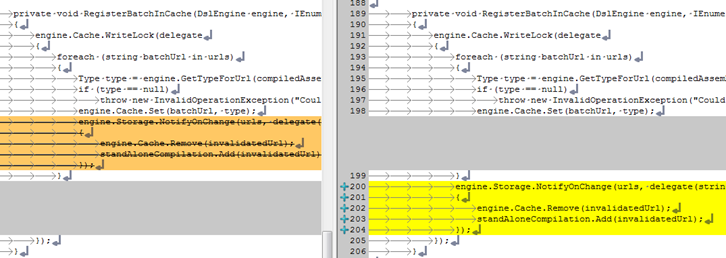When I was in the army, I used to have a notebook (that is a physical one, made of paper) and I wrote just about everything there. I stopped doing it when I realized that I never read it. I don't do to do lists. I can barely manage to handle task tracking with a bug tracking system, and that is because even I recognize this as mandatory.
This is about how I manage to do things. It is likely not applicable for anyone else.
Currently, I use my inbox as the master todo list. And I am using read/unread for managing that. If it is unread, I need to take care of that. It works, except when I have to checkup on things in some time period. That is, let us say that I mail someone something, and I need to get back to them about that in a week. My current option is to mark this as unread and leave it that way for a week.
This approach drive me crazy.
Oh, I tried using things like outlook's reminders and stuff. They don't work for me, too much of an association with meeting reminders and annoyances.
What I wanted was a way to have a mail sent to me in the future. That is, if I want to follow up on that in a week, I will get an email next week reminding me that. Since I am using Gmail, I'll also get the entire conversation, which is the context for what I want to read.
Eventually, I decided that I am going to build this. TimeBox is a simple future email forwarder. It supports natural date syntax, courtesy of DateTimeEnglishParser. Now, if I want to be reminded of something, all I do is forward it to the mailbox, where the service will read it, parse the date and email that to me in the appropriate time.
From the UX perspective, it is:
- hit 'f' for foward
- enter timebox email
- tab twice (subject and then to the actual text)
- enter time, such as 'in one week'
- tab to send, enter
- Done.
I started using this already, and I am liking this quite a bit.








